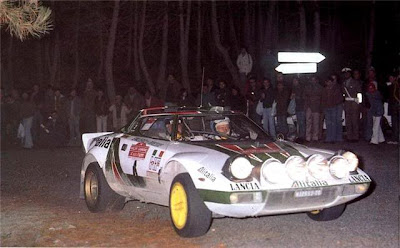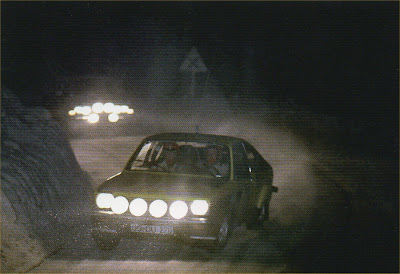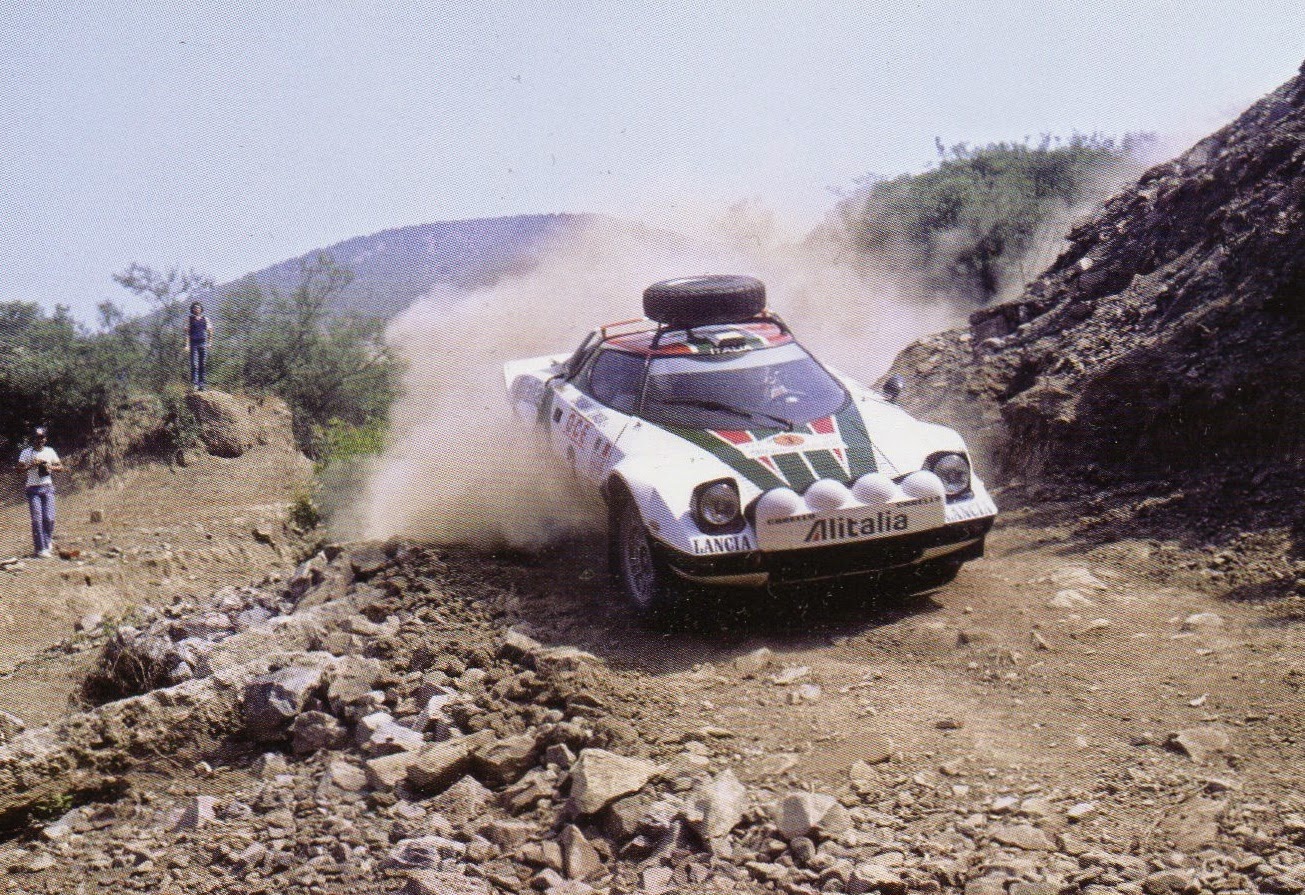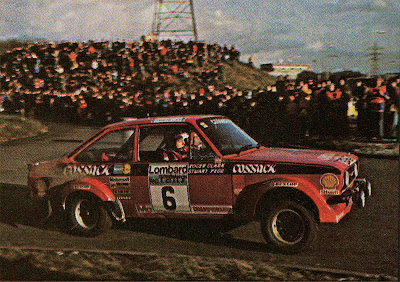
The Battle of Waterloo may have been won on the playing fields of Eton, but the 1976 World Rally Championship was won in the boardrooms of Turin.
True, the
Stratos was far and away the best rally car of the year.
Lancia's main rivals, Fiat, spent the year developing their new 131 but only managed to get it to the finish once. But as Fiat owned
Lancia they could have just asked the little team from down the road to stand aside and let them through.
 |
| Anders Kulland, Opel Kadett GTE, Monte Carlo Rallye |
Fortunately they didn't and instead
Lancia wrapped up their third title in a row in style. They took the top three places in Monte Carlo, the top four in Corsica and
Sanremo and also took a victory in Portugal that gave an indication of what might have been if they'd been allowed to compete the previous year.
The
Lancias didn't have it all their own way though. Accidents allowed Saab to reclaim the Swedish rally and Africa and Greece again defeated them, although in Kenya they came very close. The high drama though came in
Sanremo.
 |
| Add caption |
When they signed Bjorn Waldegard Lancia expected him to deliver results on the tricky Swedish and British rounds, snow and blind corners being something that southern European drivers aren't used to. What he wasn't supposed to do was displace Sandro
Munari as the
Stratos Numero Uno. The
Stratos had literally been built around
Munari, to the extent that other drivers had trouble physically fitting into the cockpit. Allegedly
Lancia swapped
Munari for the
Stratos's Dino engine, allowing him to drive Ferrari sports cars on road races.
 |
| Munari in Morocco |
So when at the end of the penultimate stage of the
Rallye of
Sanremo Waldegarde was four seconds
Munari words were had. Swedes don't like being beaten, so
Waldegarde responded by waiting for four seconds after being signalled to start the stage, then putting his foot down. He and won the rally by four seconds and then left the team to drive for Ford.
ahead of
 |
| Roger Albert Clark winning the RAC |
The year ended with the
RAC Rally. Once again a Ford won, but this time it was Britain's Roger Clark in his red and black C
ossack car ahead of Blomqvist in the heavy Saab. It wasn't a classic event with crowd problems and an unpopular route, and the leader for most of the event was the young Finn
Penti Airikkala. Fourth was a lacklustre Sandro
Munari, once again finishing behind
Waldegarde.
The car and driver were clearly capable of winning the event so what was the problem? A few weeks later the world knew the answer. Corporate politics in Turin had
intervened again and
Lancia had been told that it was Fiat who were to be given the chance at the title next year.
Lancia had achieved their hat trick, but that was to be that.














